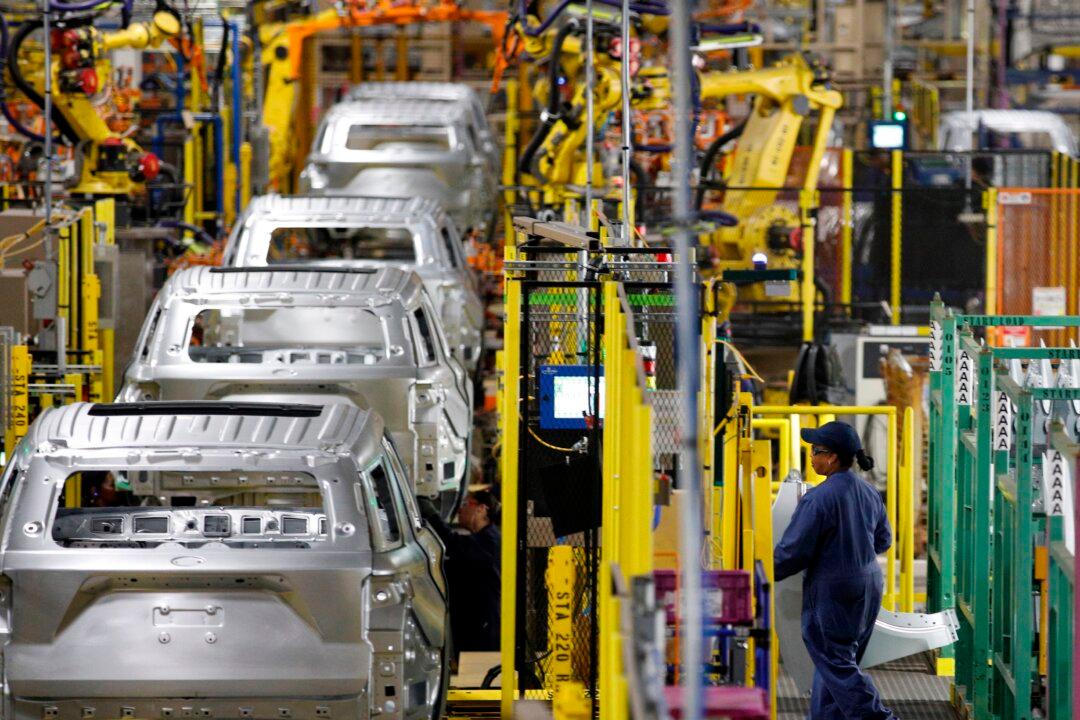New orders for American-made goods have suffered the sharpest drop in three-and-a-half years, with the latest sign of a slump in U.S. manufacturing adding to fears of a coming recession.
According to the latest month of available data from the Commerce Department’s Census Bureau, factory orders fell 3.6 percent in October.





